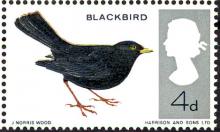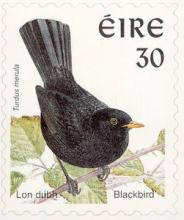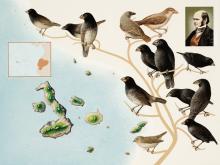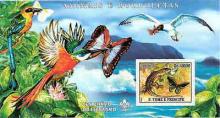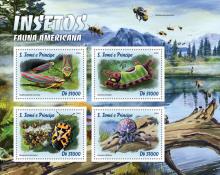Usutu virus now also infects birds in the Netherlands
Usutu virus detected for the first time in blackbirds and great grey owls in the Netherlands. Usutu virus was recently detected for the first time in the Netherlands but has been circulating in Europe for some time. To-date it has been identified in captive great grey owls (Strix nebulosa) and in living and dead blackbirds (Turdus merula). These findings have been reported by several research organisations including the DWHC and the Erasmus Medical Centre.

